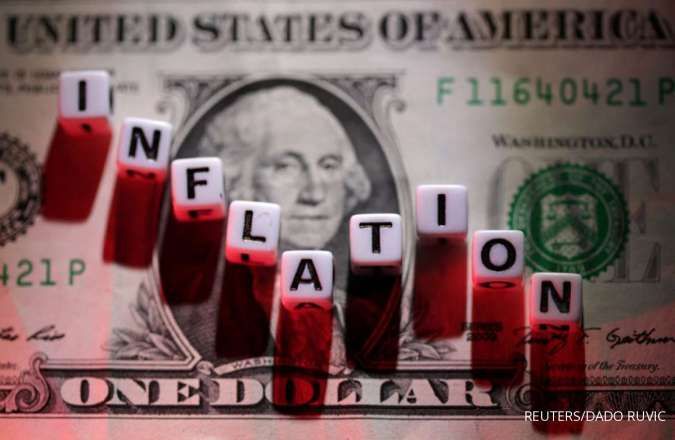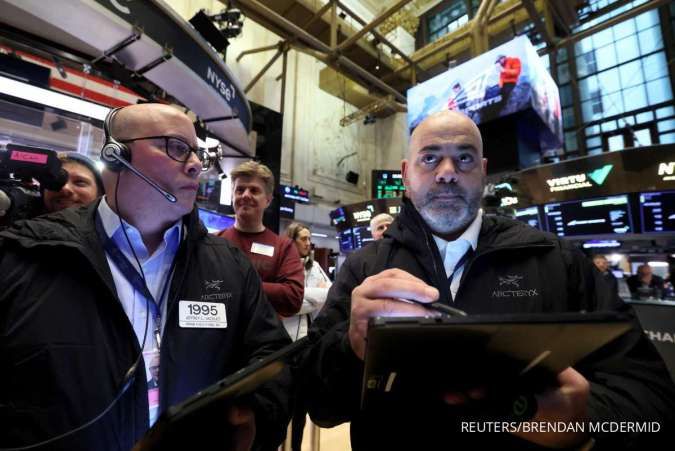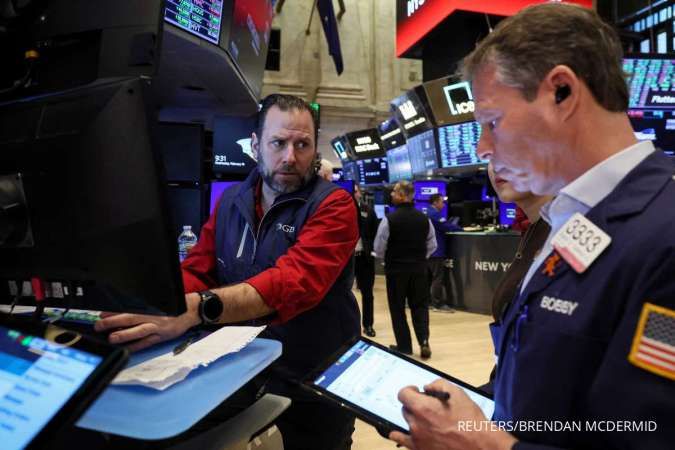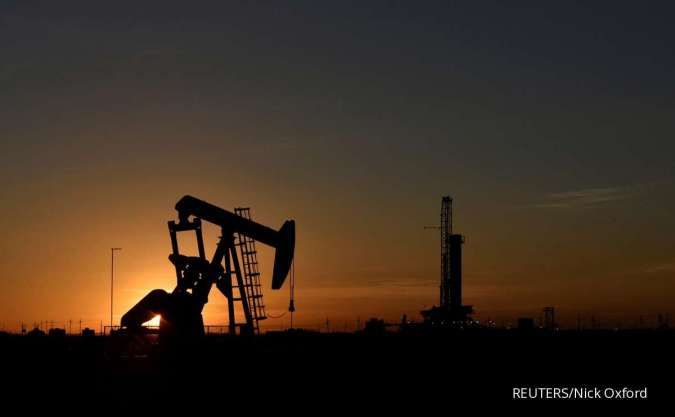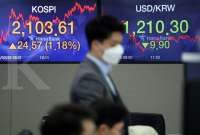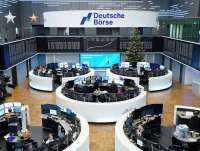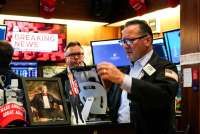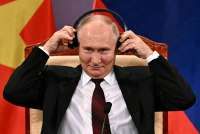INFLATION - WASHINGTON - U.S. prices moderated in February, with the cost of services outside housing and energy slowing significantly, keeping a June interest rate cut from the Federal Reserve on the table.
The report from the Commerce Department on Friday also showed consumer spending rising by the most in just over a year last month, underscoring the economy's resilience. The United States continues to outperform its global peers despite higher borrowing costs, thanks to persistent labor market strength.
"Core services inflation is slowing and will likely continue throughout the year," said Jeffrey Roach, chief economist at LPL Financial in Charlotte, North Carolina. "By the time the Fed meets in June, the data should be convincing enough for them to commence its rate normalization process."
Read Also: US Monthly Inflation Slows; Consumer Spending Surges
The personal consumption expenditures (PCE) price index rose 0.3% last month, the Commerce Department's Bureau of Economic Analysis said. Data for January was revised higher to show the PCE price index climbing 0.4% instead of 0.3% as previously reported. Economists polled by Reuters had forecast the PCE price index gaining 0.4% on the month.
Goods prices rose 0.5% last month, boosted by a 3.4% jump in the cost of gasoline and other energy products.
There were also strong increases in the prices of recreational goods, vehicles, clothing, and footwear. But prices for furnishings household equipment, and other long-lasting manufactured goods were subdued.
In the 12 months through February, PCE inflation advanced 2.5% after increasing 2.4% in January.
Though price pressures are subsiding, the pace has slowed from the first half of last year, and inflation remains above the U.S. central bank's 2% target.
Fed Chair Jerome Powell said on Friday that February's inflation data was "more along the lines of what we want to see."
Fed officials last week left the central bank's policy rate unchanged in the current 5.25%-5.50% range, having raised it by 525 basis points since March 2022.
Policymakers anticipate three rate cuts this year. Financial markets expect the first rate reduction in June. Most U.S. financial markets were closed for the Good Friday holiday, except for the foreign exchange market. The dollar slipped against a basket of currencies on the data.
Read Also: US Inflation Trending Lower; Consumer Spending Strong in December
SOME STICKINESS REMAINS
Excluding the volatile food and energy components, the PCE price index increased 0.3% last month. That followed an upwardly revised 0.5% gain in January. The so-called core PCE price index was previously reported to have advanced 0.4% in January.
Core inflation increased 2.8% year-on-year in February, the smallest gain since March 2021, after rising 2.9% in January. The Fed tracks the PCE price measures for monetary policy.
Monthly inflation readings of 0.2% over time are necessary to bring inflation back to target. While some of the firmer readings in the consumer and producer price reports were not replicated in the PCE price data because of different weights, some elements of stickiness remain.
Core inflation has increased at a 3.5% annualized rate in the past three months.
Services prices increased 0.3%, slowing after a 0.6% jump in January. The cost of housing and utilities rose 0.5%. There were also solid increases in the prices of recreation services as well as financial services and insurance.
But the cost of dining out, hotel, and motel rooms was unchanged, while transportation services barely rose and healthcare increased marginally.
PCE services inflation excluding energy and housing gained 0.2% last month after surging 0.7% in January. The so-called super core increased 3.3% year-on-year after rising 3.5% in January. Policymakers are monitoring the super core data to gauge their progress in fighting inflation.
It has risen at a 4.5% rate in the past three months, which some economists said supported delaying rate cuts. But others viewed the elevated reading as the result of January's spike in prices, which they said did not mark a shift in the trend.
"The six drivers of the surge in core inflation in 2021-to-22 - expanding margins, rapid wage gains, exploding rents, supply chain chaos, and pass-through from higher global food and energy prices - have all normalized or are in the process of normalizing, with no real signs of any reversal," said Ian Shepherdson, chief economist at Pantheon Macroeconomics.
"That means the fundamental pressure on inflation is to the downside, but odd things can happen in individual months without changing the bigger picture."
Consumer spending, which accounts for more than two-thirds of U.S. economic activity, jumped 0.8% last month. That was the largest gain since January 2023 and followed a 0.2% rise in January. When adjusted for inflation, consumer spending rebounded 0.4% after dropping 0.2% in January.
The increase in the so-called real consumer spending suggested that consumption likely retained most of its momentum in the first quarter. That prompted the Atlanta Fed to raise its gross domestic product growth estimate this quarter to a 2.3% annualized rate from a 2.1% pace.
Growth prospects were also bolstered by data from the Census Bureau showing both wholesale and retail inventories rising at a brisk clip in February, offsetting a 1.5% widening in the goods trade deficit.
But much of the spending was funded from savings as income rose 0.3% after accelerating 1.0% in January on the back of a Costco Wholesale Corporation special dividend. Income at the disposal of households after accounting for inflation and taxes fell 0.1%. The saving rate dropped to 3.6%, the lowest level since December 2022, from 4.1% in January.
"As long as employment growth remains strong, it can underpin solid spending, however, consumers overall are not prepared for a weakening in the labor market should it unfold," said Kathy Bostjancic, chief economist at Nationwide.
/2022/06/13/124380975p.jpg)
